Imaging Projects
In this blog, I will share the results of all of my imaging projects. The newest will be at the top and the oldest will be further down the stack. Going back in time here is interesting - some of my early stuff was pretty rough - but I did not see it that way at the time - I was thrilled to get anything back that looked like an image! Hopefully, you will see how my work has progressed with time!
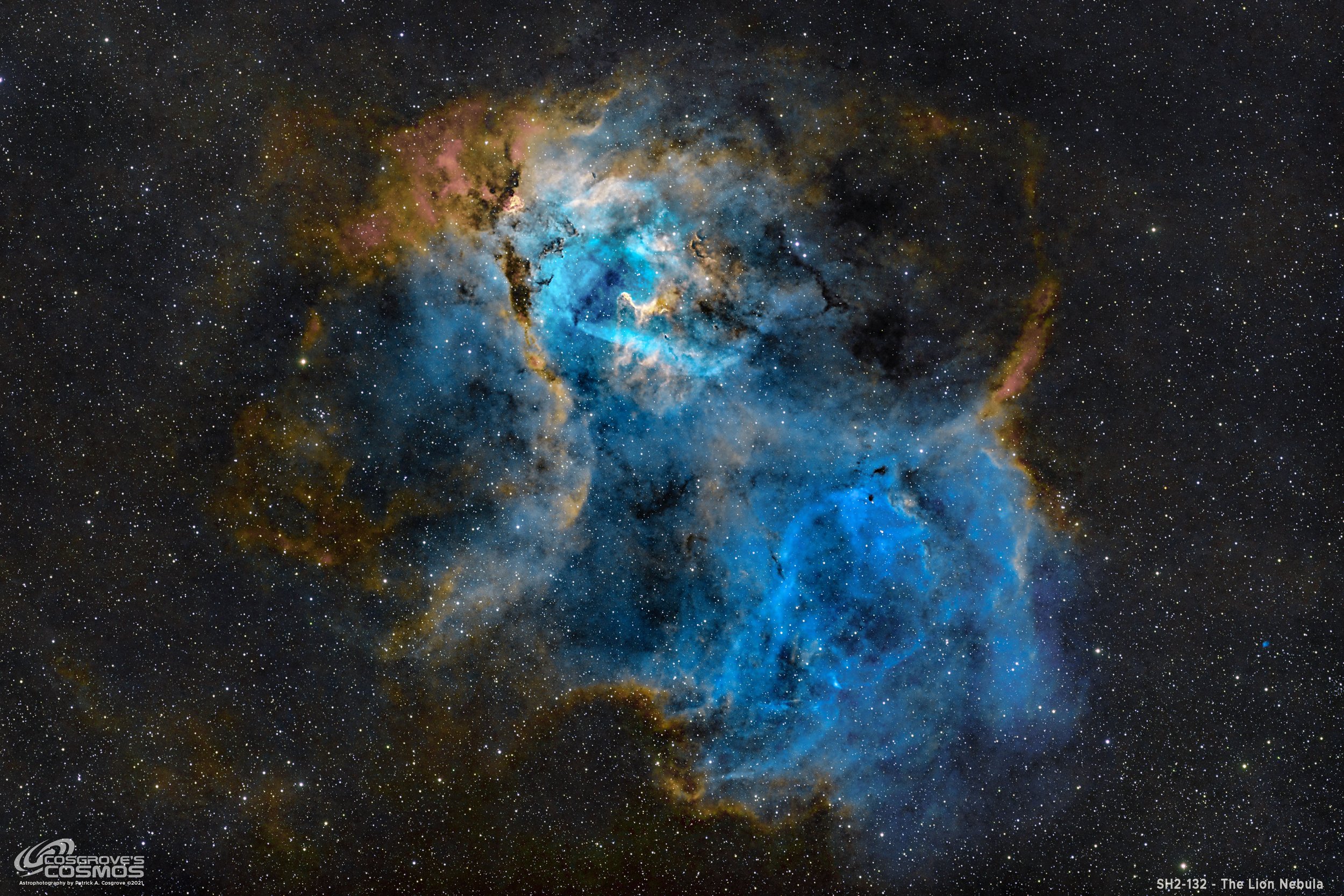
SH2-132 - A Reprocess of The Lion Nebula in SHO (8.33 hours)
This is an Image Reprocessing Project for SH2-132, also known as The Lion Nebula - whose data was originally collected in September of 2021.
The Lion Nebula is a rich HII region with star clusters, emission nebulae, and dark dust regions. Located in the southern portion of the constellation Cepheus, the Lion Nebula is roughly 10,00 light-years away in the Perseus Arm of the Milky Way Galaxy. This is a very faint and challenging target.
This image was taken on the Askar FRA400 Platform with 8.33 hours of exposure in narrowband.
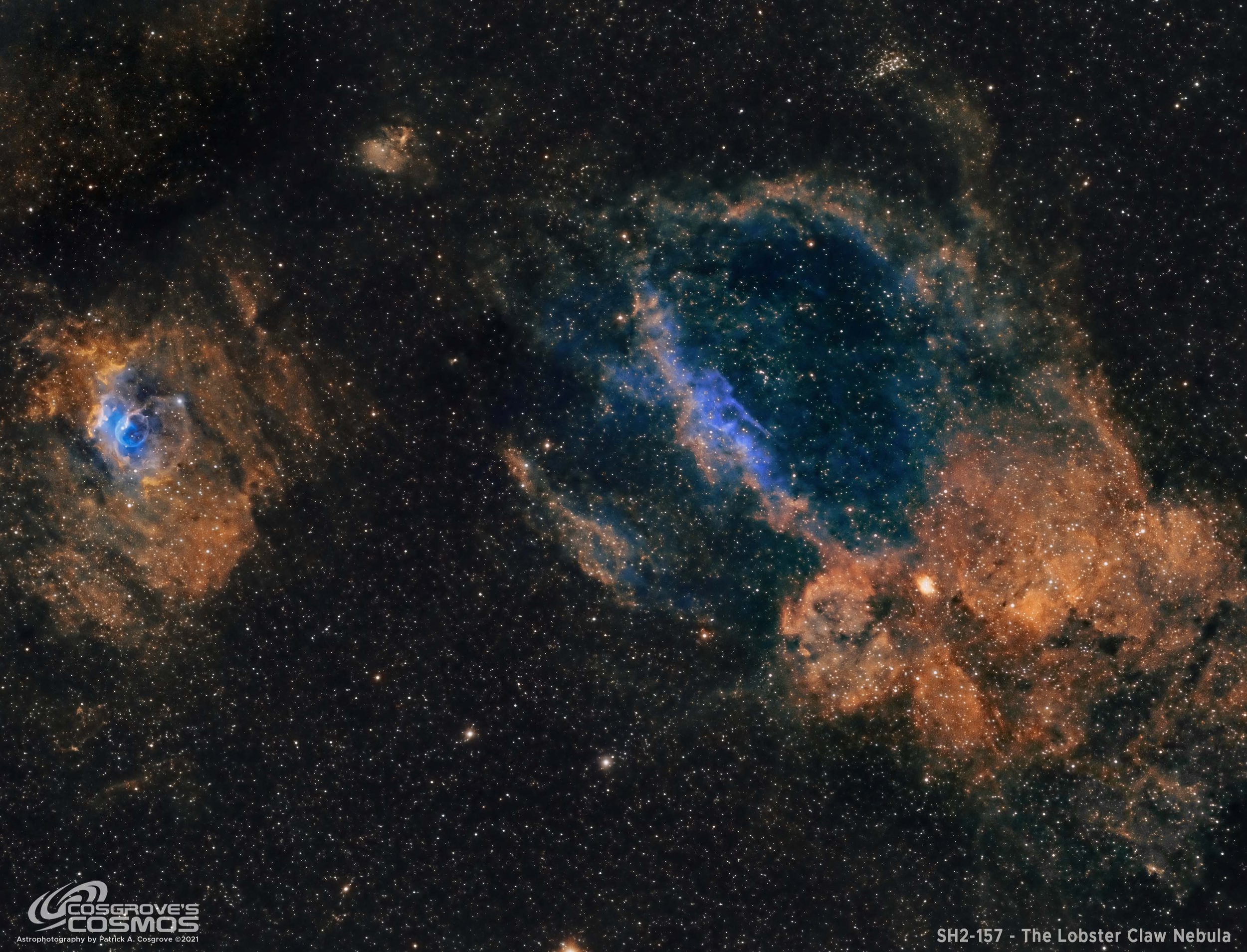
SH2-157 The Lobster Claw Nebula - with NGC 7635 (The Bubble Nebula) in SHO - 4.25 hours.
SH@-157, The Lobster Claw Nebula, is located 11,000 light-years away in the constellation of Cassiopeia. A faint object, this was captured on the night of November 8th when I hoped to have two more nights of clear weather. That did not happen and this image was created with only 4.25 hours of data. I hope to revisit this object, collect more hours and do it justice. This was shot on my wide-field FRA400 rig and is rendered in the Hubble SHO palette.
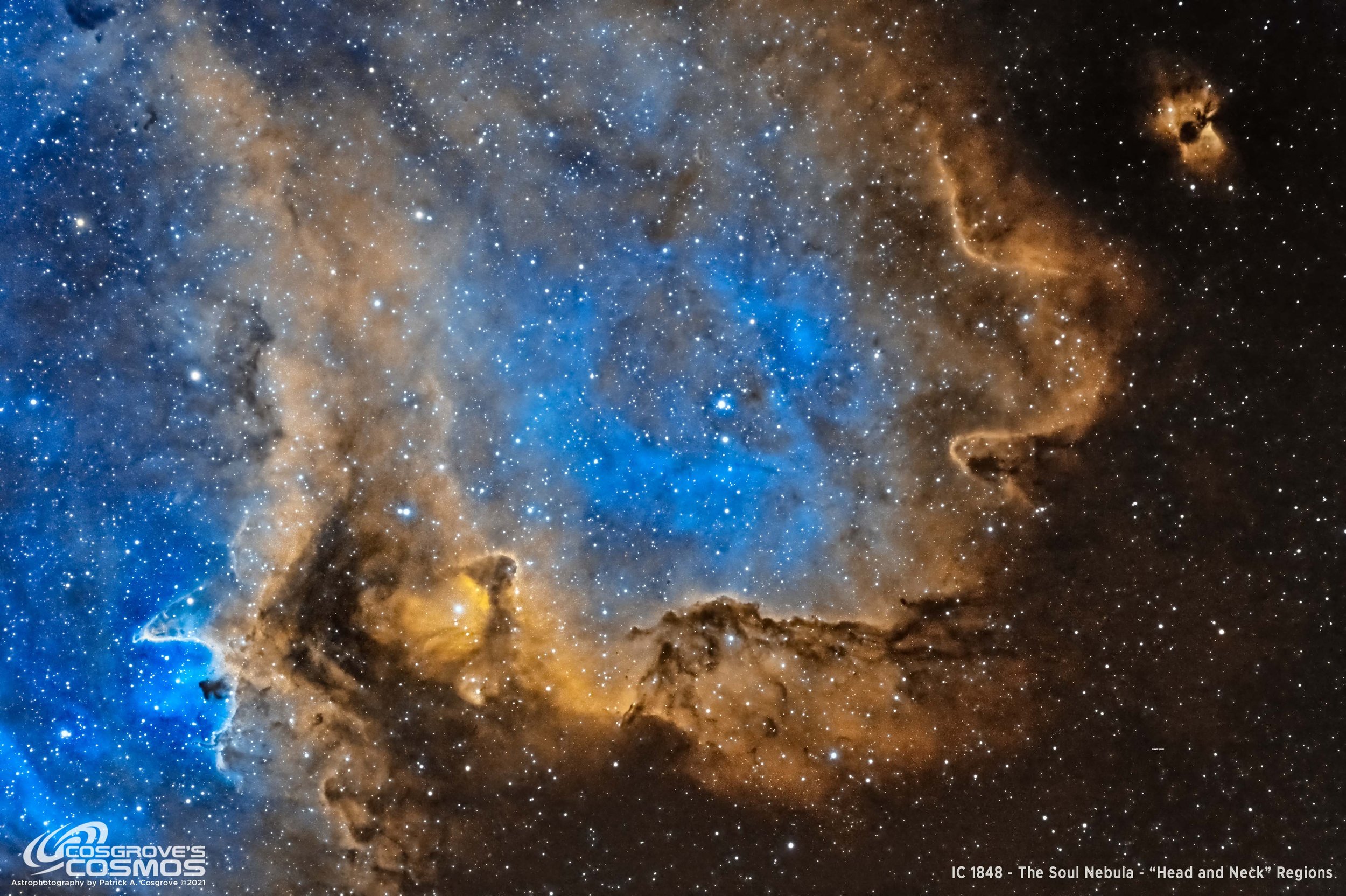
IC 1848 - The Soul Nebula - Only 2 Hours of NB Data from an Abandoned Project
IC1848, known as the Soul Nebula, is located ~6500 light-years away in the constellation Cassiopeia. This is image was from an aborted project. I only captured 2 hours of NB data when the weather turned and I lost my shooting window. I had so little data I abandoned the project and did not even capture cal data for it! But I decided to use the data to test out a newly built image processing computer and was surprised the image tuned out better than I have imagined (at least it was not horrible!)
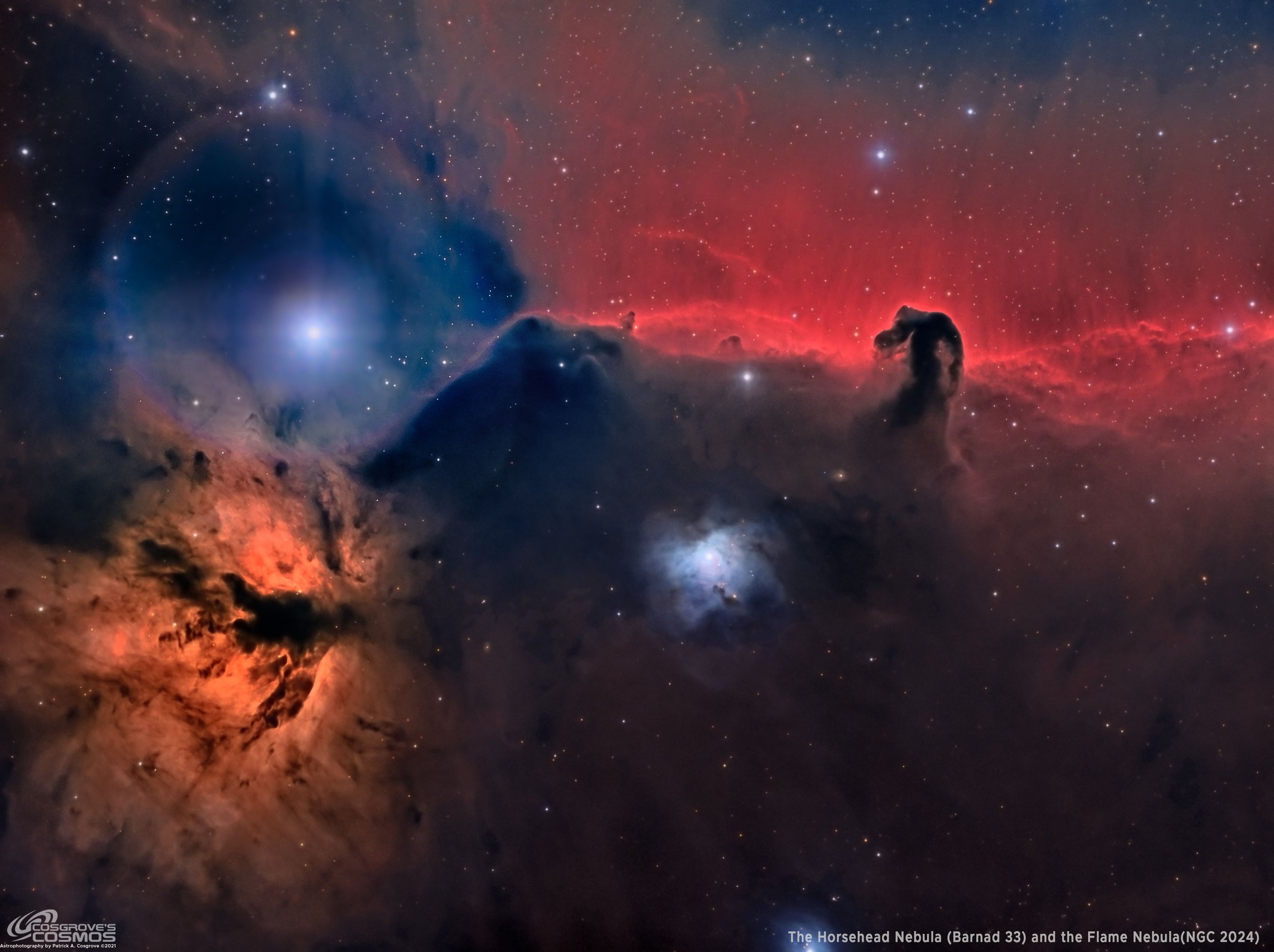
B33: The Horsehead and The Flame Nebula (NGC 2024) in LHaRGB - A “Failed” Image
The Horsehead Nebula is a small dark nebula located just to the south of the bright star Alnitak - the left-most star on Orions Belt. It is located some 1300 light-year from the earth. On the other side of Alnitak is the Flame Nebula.
This is my second attempt on this target - but I would have to classify it as a “Failed” image. The ASI1600MM-Pro camera does not work well with bright stars in the field and this image has halos and microlensing artifacts that are very difficult to process out and I am not satisfied with my results here. But even a “Failed” image offers some learning opportunities, so I share it in that spirit!

IC 63 - “The Ghost of Cassiopeia” in LHaRGB, ~10 hours
Located in 550 light-years wat in the constellation of Cassiopeia, IC 63 is known as the Ghost of Cassiopeia. This HII region is blasted by the Bright Star Gamma Cassiopeia which is located only 4 light-years from the nebula.
This is mage is the result of almost 10 hours of integration - unfortunately - the data had several significant issues that made processing very difficult. While the final image is far from perfect, it was clearly a case of making a silk purse from sow’s ear!
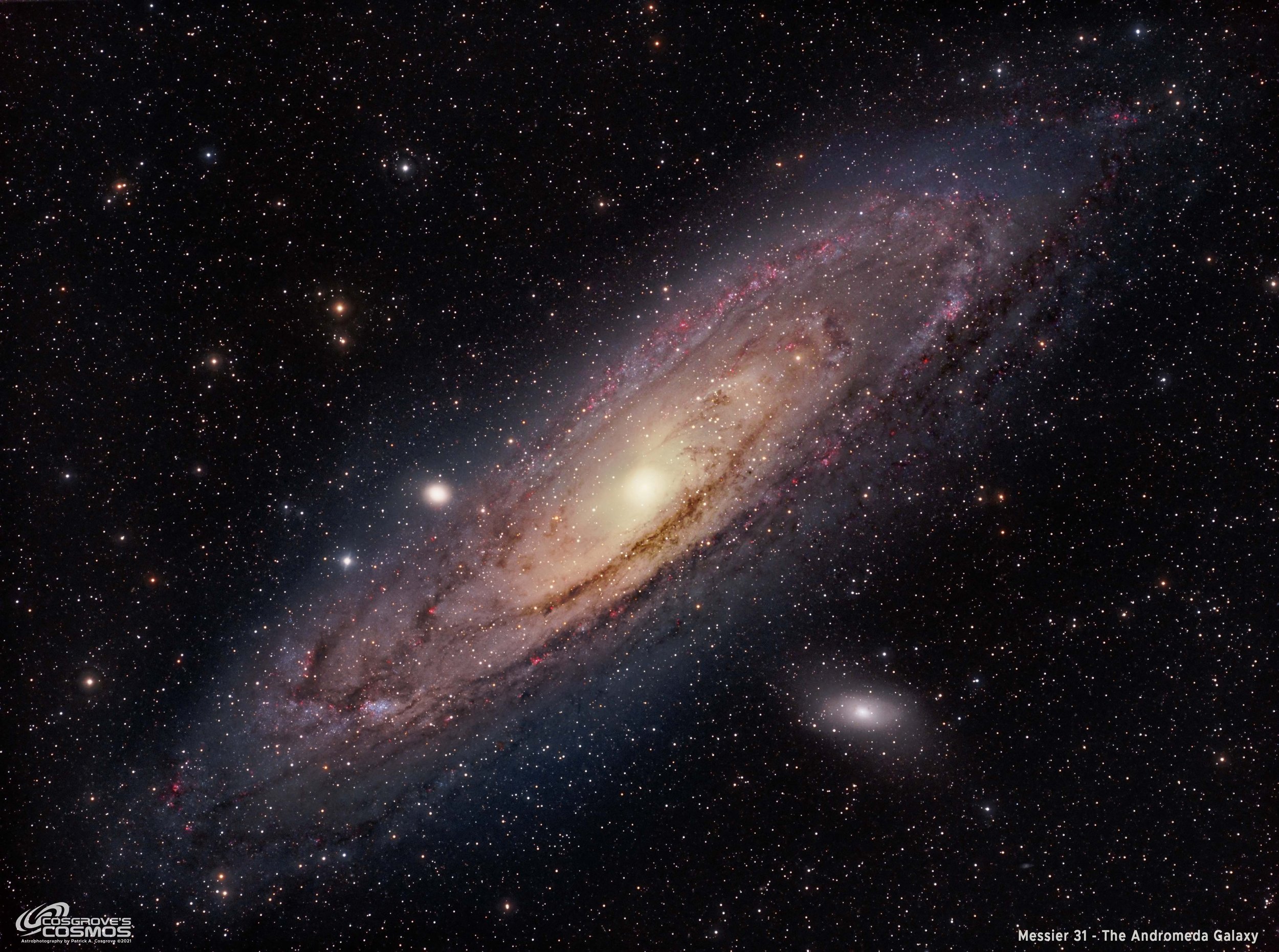
Messier 31 - The Andromeda Galaxy in LHaRGB - 6 hours
This is my third attempt at M31. This time with a widefield system that can fit the entire galaxy into the field of view., and a mono camera that allowed me to collect Ha as well as LRGB data. A total of 6 hours of data integration.
Messier 31 is also known as NGC 224 and the Andromeda Galaxy, or as the Andromeda Nebula before we knew what galaxies were. It can be seen by the naked eye in the constellation Andromeda (how appropriate!) and is our closest galactic neighbor located 2.5 Million light-years away. It is estimated that it contains about one trillion stars - twice that of our own Milky Way.
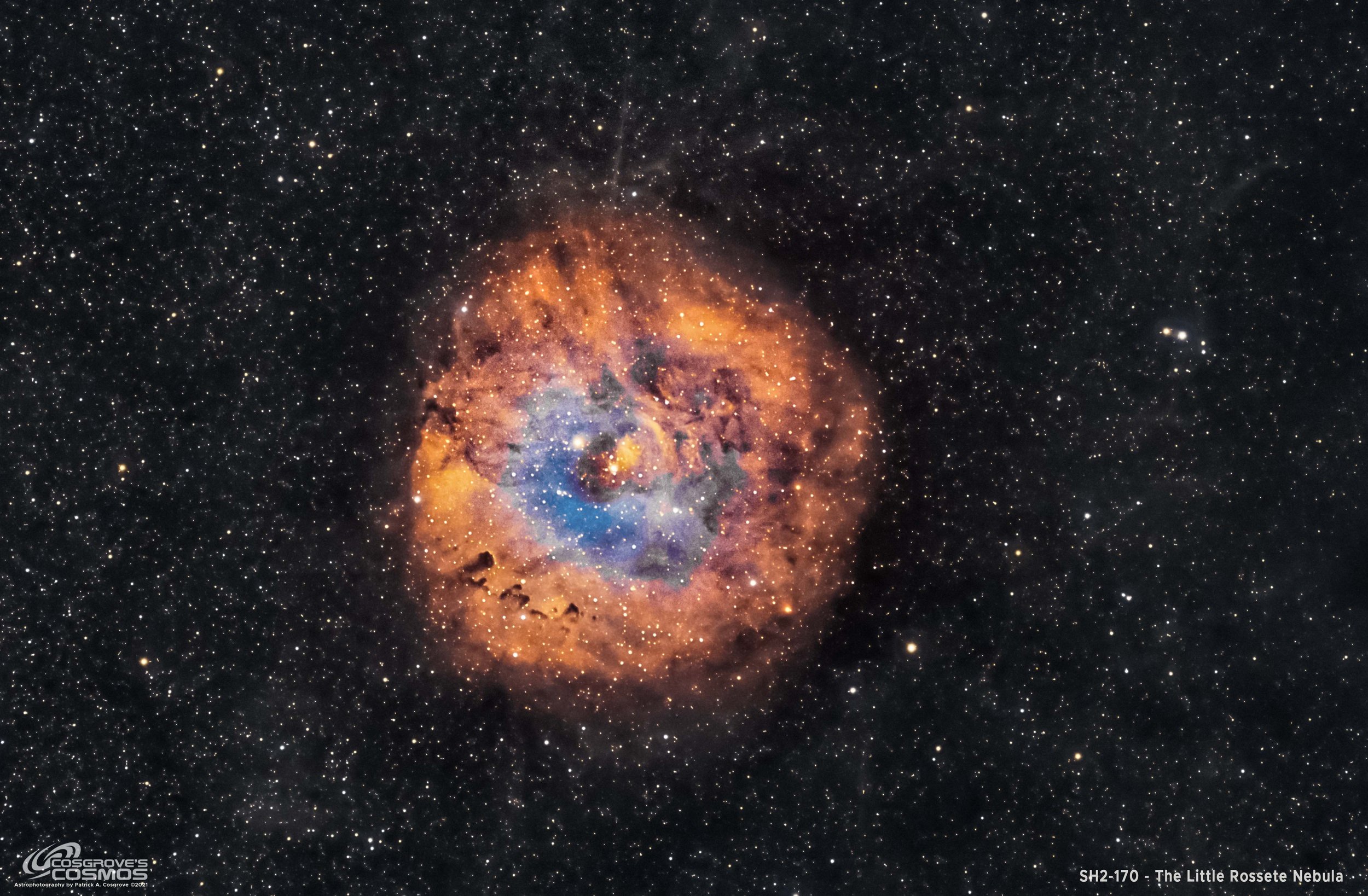
SH2-170, The “Little Rosette” Nebula in SHO - 7 hours.
SH2-170, also known as the “Little Rosette Nebula,” is a rich H2 region located 7500 light-years away in the constellation of Cassiopeia. This was shot in narrowband with total integration of 7 hours.
This was shot with the AP130 platform using the ZWO ASI2600MM-Pro Camera.
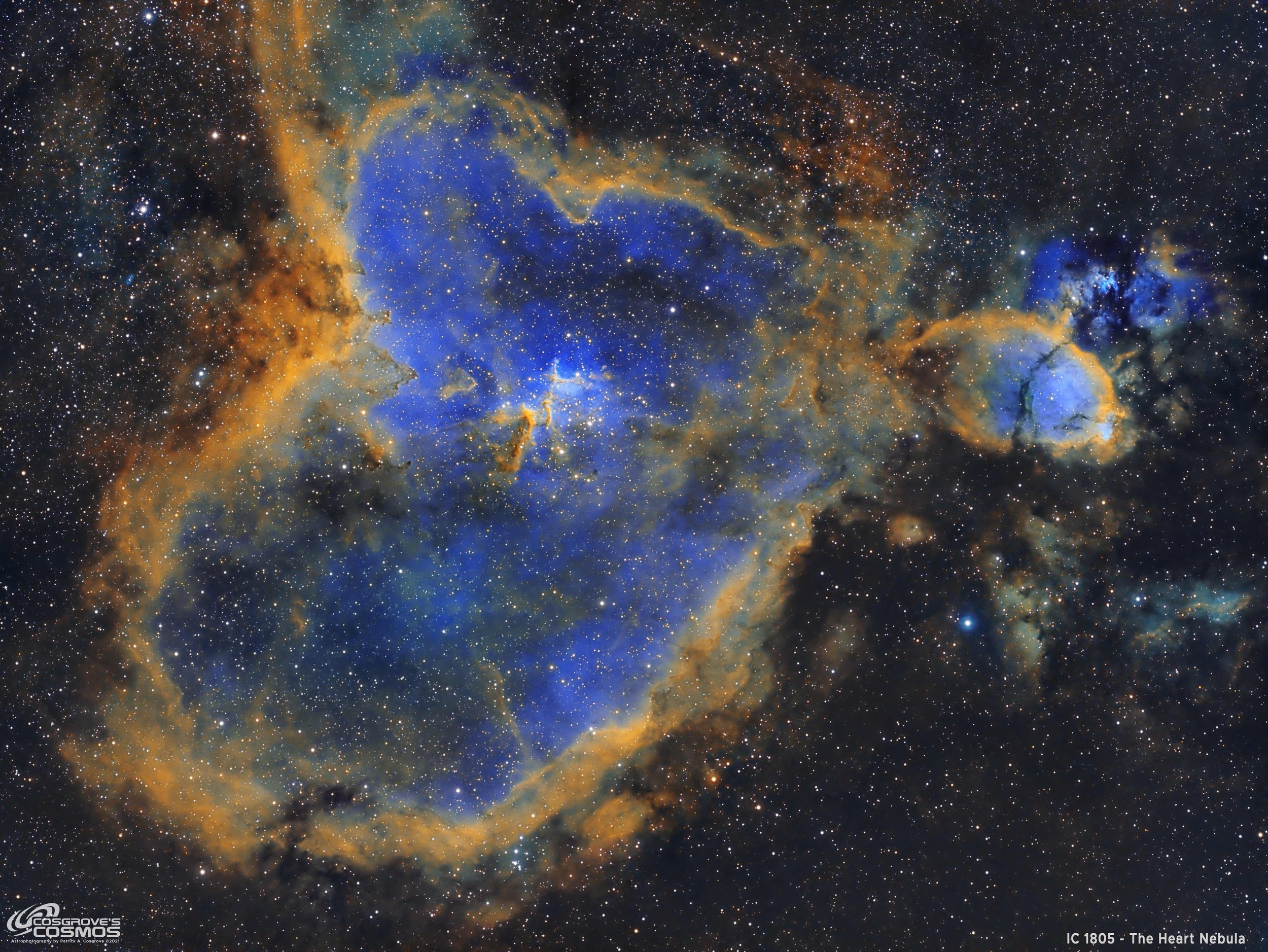
IC 1805 - The Heart Nebula in SHO - 11.5 Hours
IC 1805 is also known as SH2-190 and more commonly as the Heart Nebula. It is located 7500 light-years away in the constellation of Cassiopeia. First discovered by William Herschel in 1787, the Heart Nebula is a region of glowing gas and dark dust lane.
This is a result of a 11.5 hour exposure on my widefield shot taken on my portable FRA400 camera platform - processed using the Hubble SHO palette.
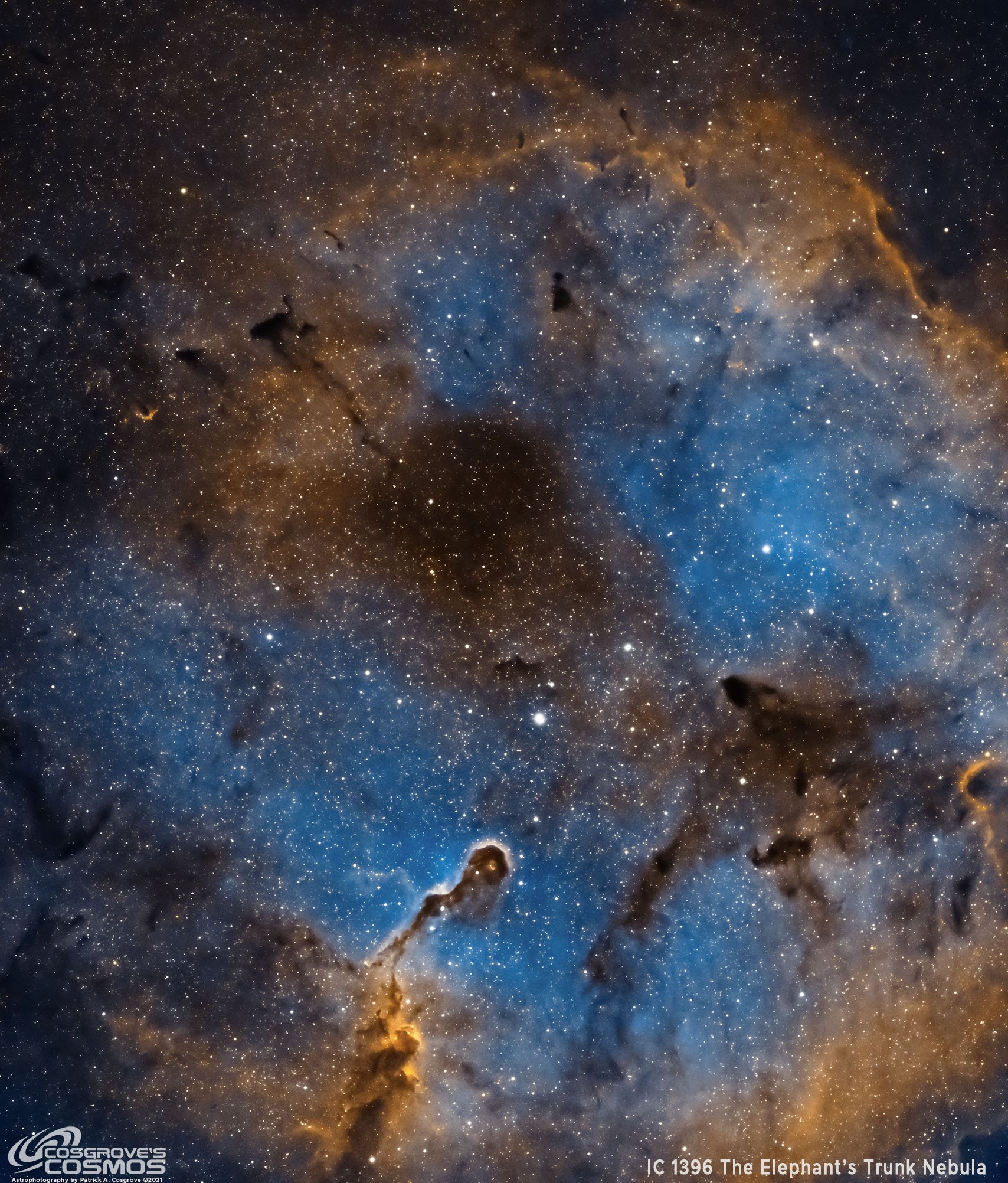
IC 1396/1396A - The Elephant's Trunk Nebula
IC 1396, also known as The Elephant Trunk Nebula is rich region emission nebulae and dark dust regions. Located in the constellation Cepheus, the Lion Nebula is roughly 2400 light-years away.
This image was taken on the Askar FRA400 Platform with only 3 hours of exposure in narrowband - and was the first image where the FRA was used for portable operations on a trip to North Carolina.
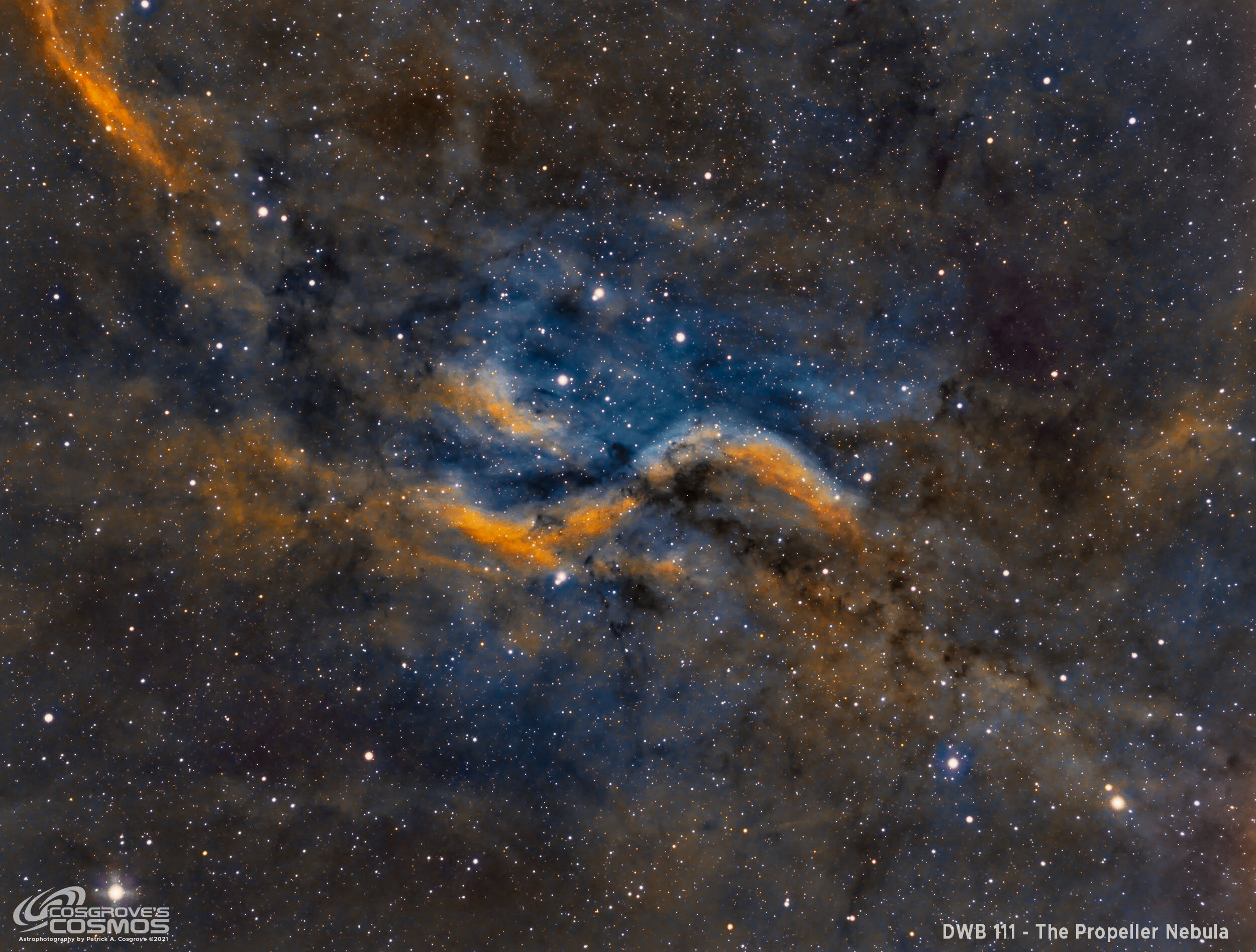
DWB 111/119 - The Propeller Nebula in SHO - 11.9 hours
DWB 111/119 is known as the Propeller nebula and located in the constellation of Cygnus, actually part of the Cygnus X complex. This nebula is very faint and was captured with an integrated time just short of 12 hours with narrowband and has been rendered in the SHO Hubble Palette. Extensive processing notes are included with this post.
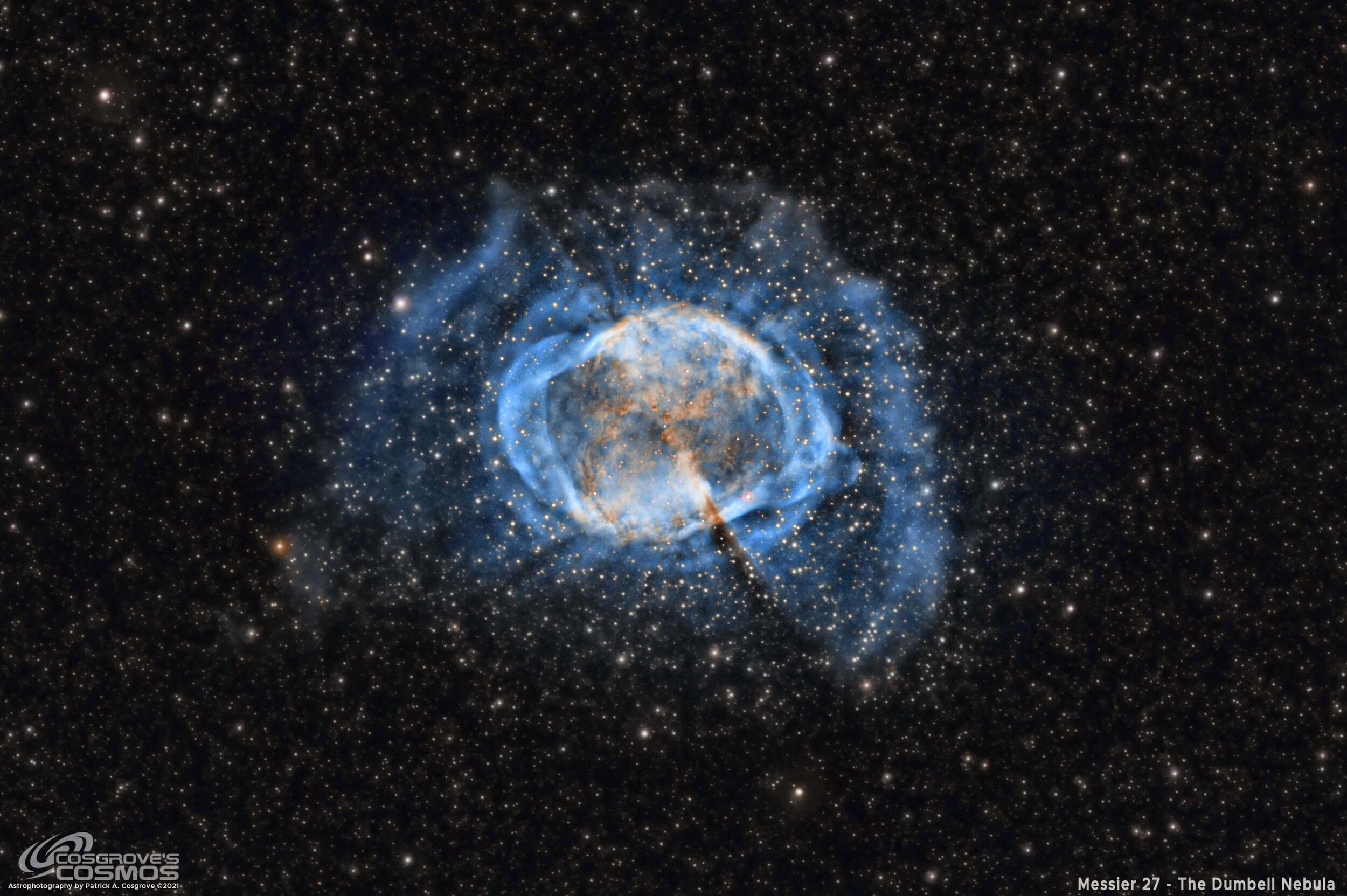
Messier 27 - The Dumbbell Nebula in Narrowband - 10.25 Hours
Messier 27 is the well know and often photographed Dumbbell Nebula located about 1200 light-years away in the constellation Vulpecula. This is the third time that I have imaged this object - and this one stands out because it was taken in narrowband with over 10.25 hours of integration! It reveals details that I have rarely seen associated with M27.
This was shot with the AP130 platform using the ZWO ASI2600MM-Pro Camera.
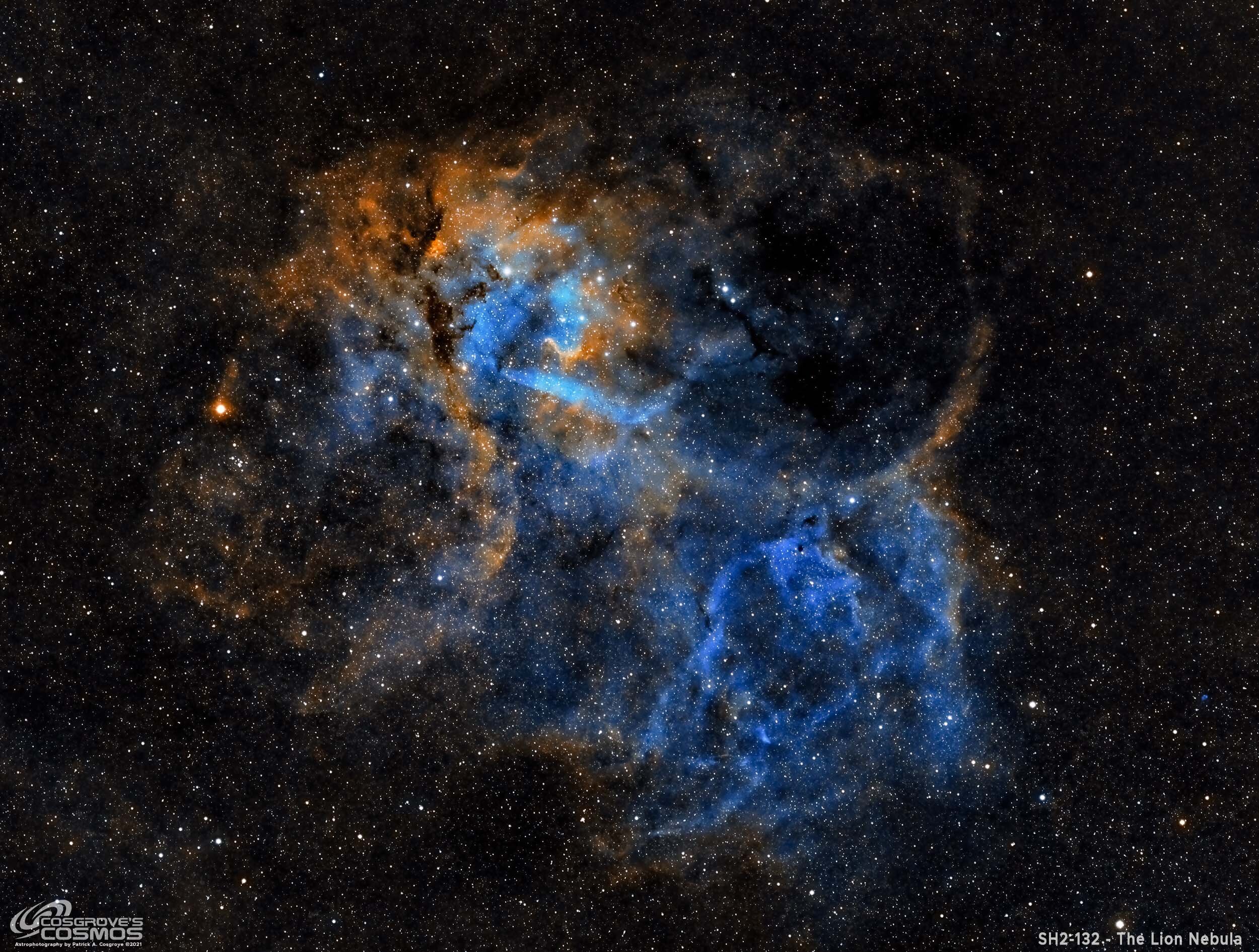
SH2-132 The Lion Nebula in SHO (8.33 hours)
SH2-132, also known as The Lion Nebula, is a rich HII region with star clusters, emission nebulae, and dark dust regions. Located in the southern portion of the constellation Cepheus, the Lion Nebula is roughly 10,00 light-years away in the Perseus Arm of the MilkyWay Galaxy. This is a very faint and challenging target.
This image was taken on the Askar FRA400 Platform with 8.33 hours of exposure in narrowband,
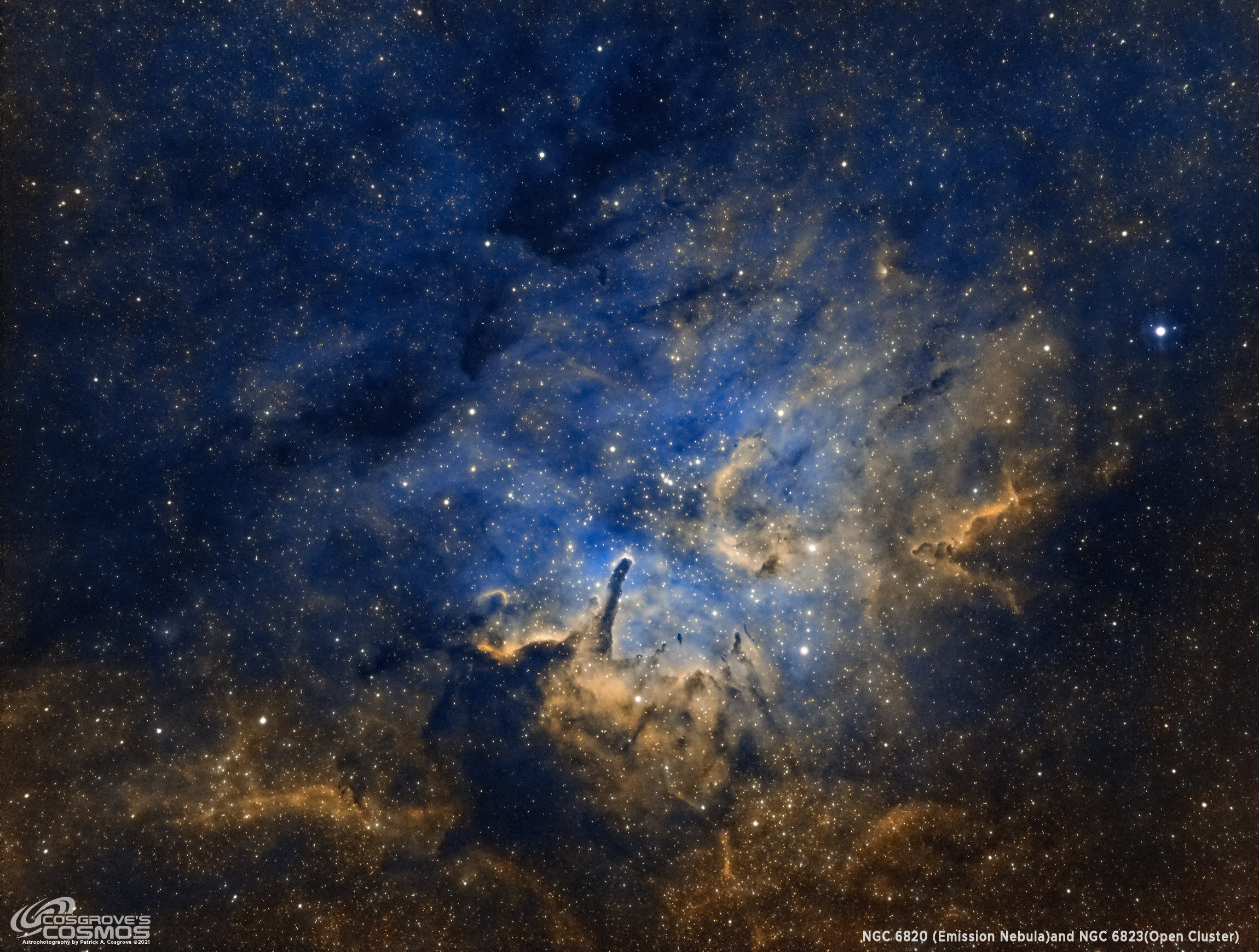
NGC 6820 and NGC 6823 - An Open Cluster w/Nebula - A Grudge Match…
Located in the constellation Vulpecula, NGC 6823 is a small open cluster of stars and associated nebula, NGC 6820. The cluster is about 6000 light-years away and measures about 50 light-years across.
A year ago, I shot this, and it was one of the worst images in my collection. I came back again this year to reclaim my honor and vanquish this target foe!
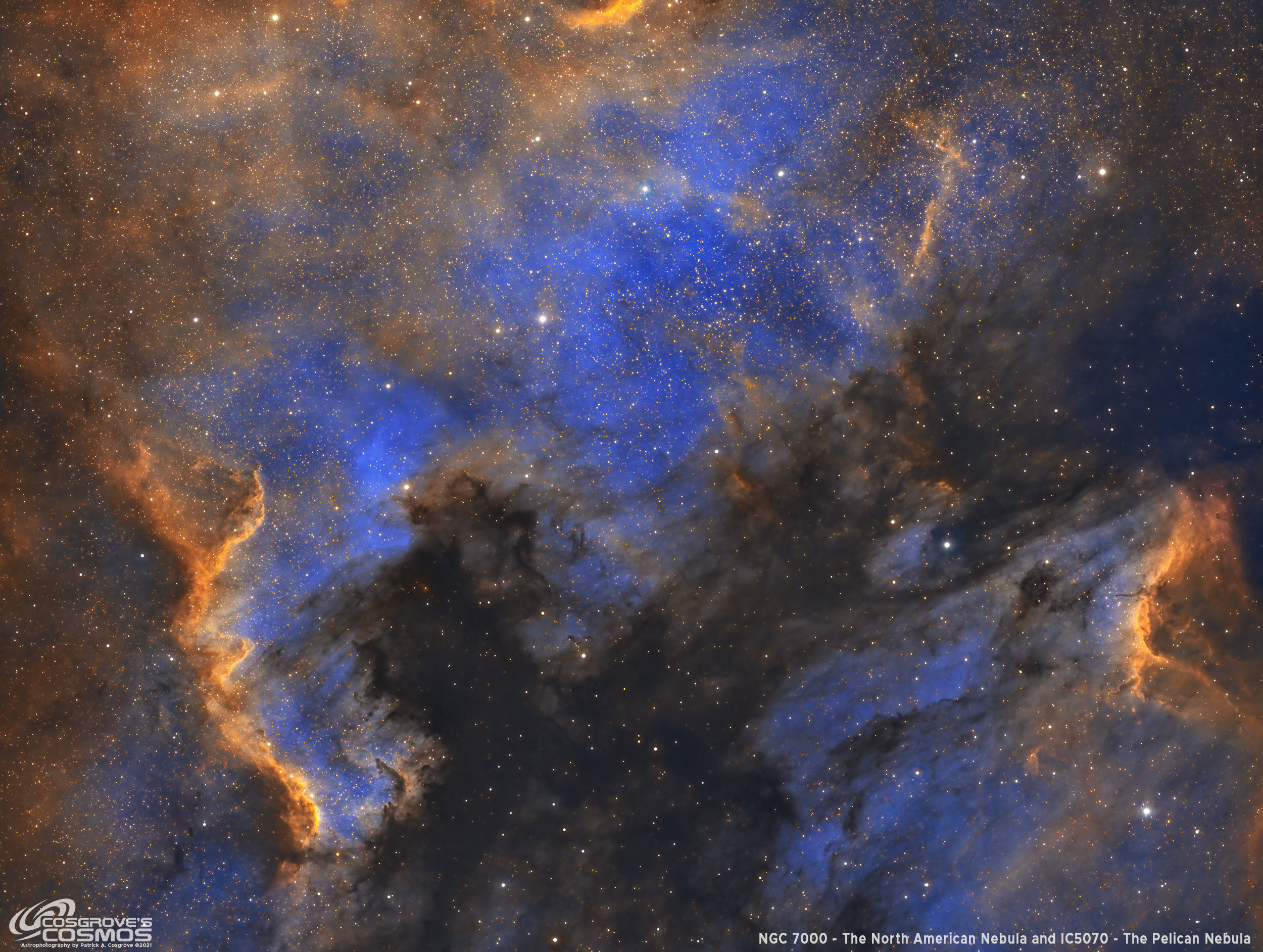
NGC 7000 (The North American Nebula) with IC5070 (Pelican Nebula) in Narrowband- Total of 9.33 Hours
NGC 7000, also known as the North American Nebula and Caldwell 20, is a large H II emission nebula located in the constellation of Cygnus (The Swan). It measures roughly 2 degrees by 1.5 degrees in size, making the nebula about 10X larger than the area covered by the full moon.
Also included in this view is the Pelican Nebula IC 5070
This image is the result of 9.33 hours of integration in Narrowband and rendered in the Hubble Palette.
Extensive notes on image processing are included for the first time.
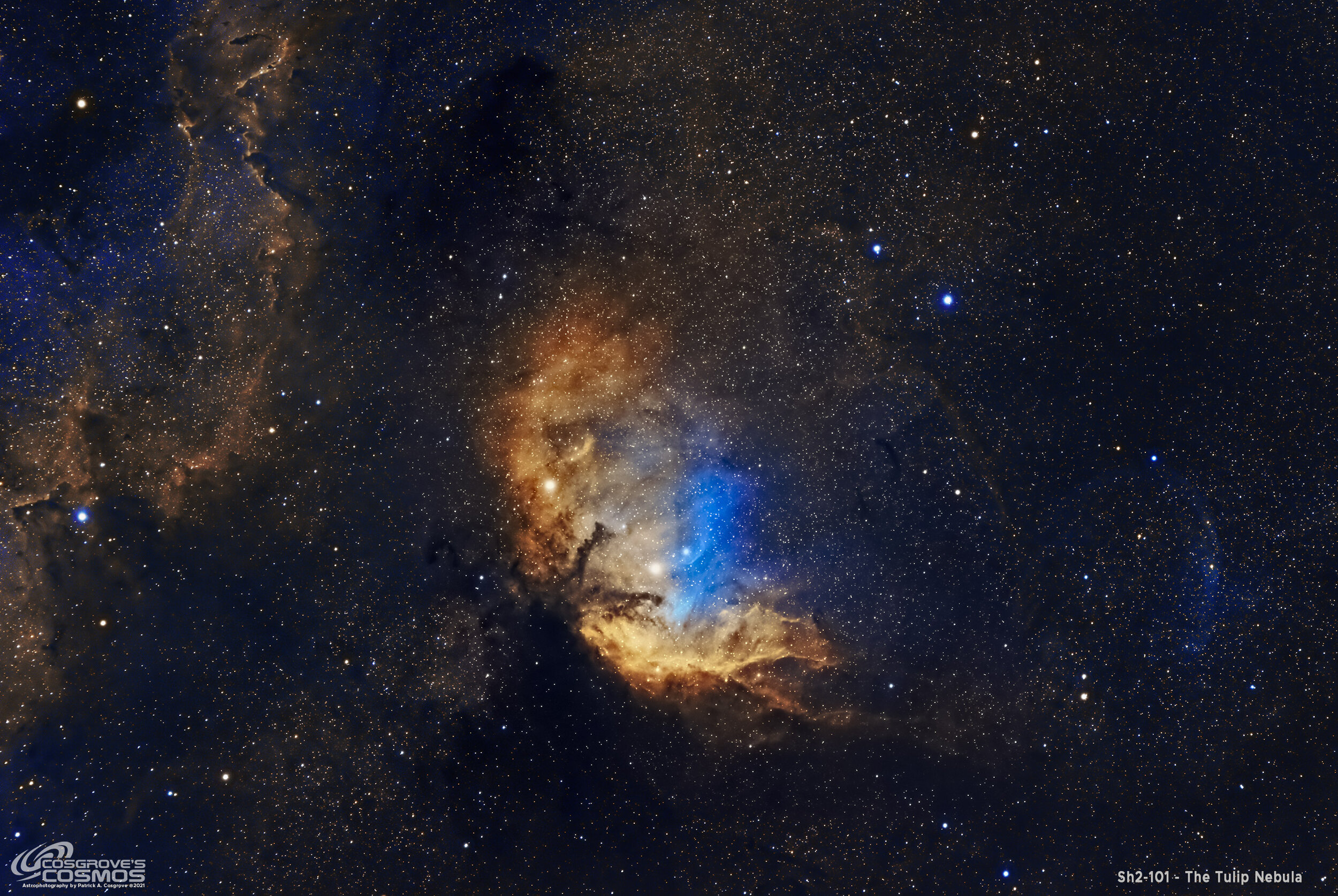
SH2-101 - The Tulip Nebula - 12.8 Hours in SHO
Sharpless 101 (specifically Sh2-101) is also known as the Tulip Nebula and is located approximately 6000 light-years away in the constellation of Cygnus (The Swan). Steven Sharpless first cataloged this rich H II emission region in 1959 in his second catalog of nebulae. Early photographic images of this area resembled a flower, and this gave rise to its common name.
This was a 12.8-hour integration with the AP130 platform using the ZWO ASI2600MM-Pro Camera.
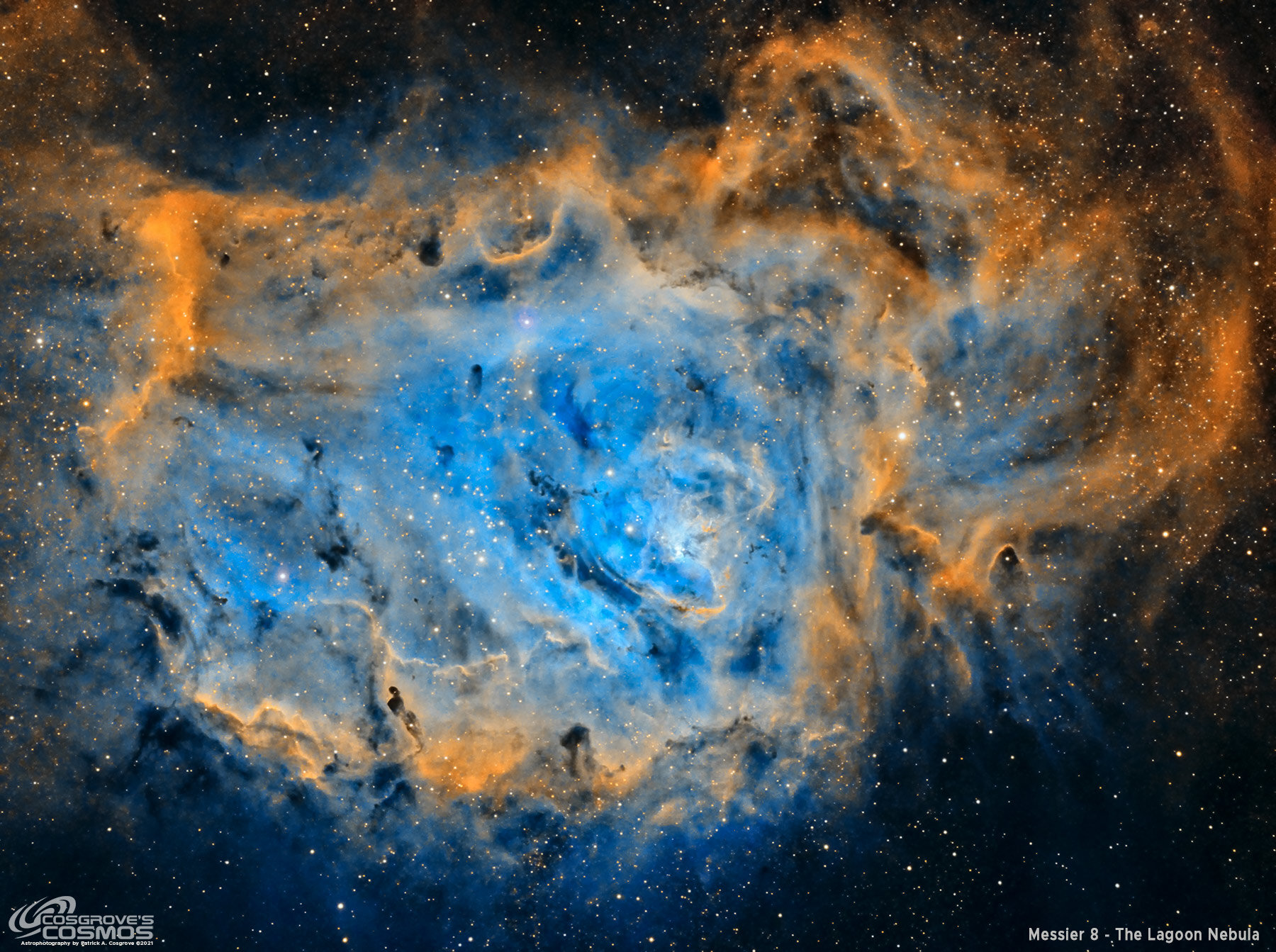
Messier 8 - The Lagoon Nebula In the Hubble Palette
Messier 8, also known as the Lagoon Nebula and NGC 6523, is a huge cloud of molecular gas and dark dust located about 4000-6000 light-years away in the constellation Sagittarius. This is a large emission nebula that is bright enough to be seen with the naked eye. Within the cloud is the open cluster NGC 6530, and a bright central feature is known as the Hour Glass.
This is my third effort on this target - a mono image in SHO - working from minimal data taken the troubling month o July 2021

Messier 24 - The Small Sagittarius Star Cloud - in Widefield LRGB
Messier 24, also known as IC 4715 and “The Small Sagittarius Star Cloud,” is located appropriately in the constellation Sagittarius. It appears as a large and dense population of stars with a few areas of dark dust. As we look towards Sagittarius, we are looking towards the highly populated core of our own galaxy. Unfortunately, we don’t see the core as many molecular gases, and dark dust clouds obscure our view. However, in the case of Messier 24, what we are actually seeing is a hole in the obscuring gas and dust, and we get a glimpse of the dense stars of the Sagittarius-Carina arms of the Milky Way.
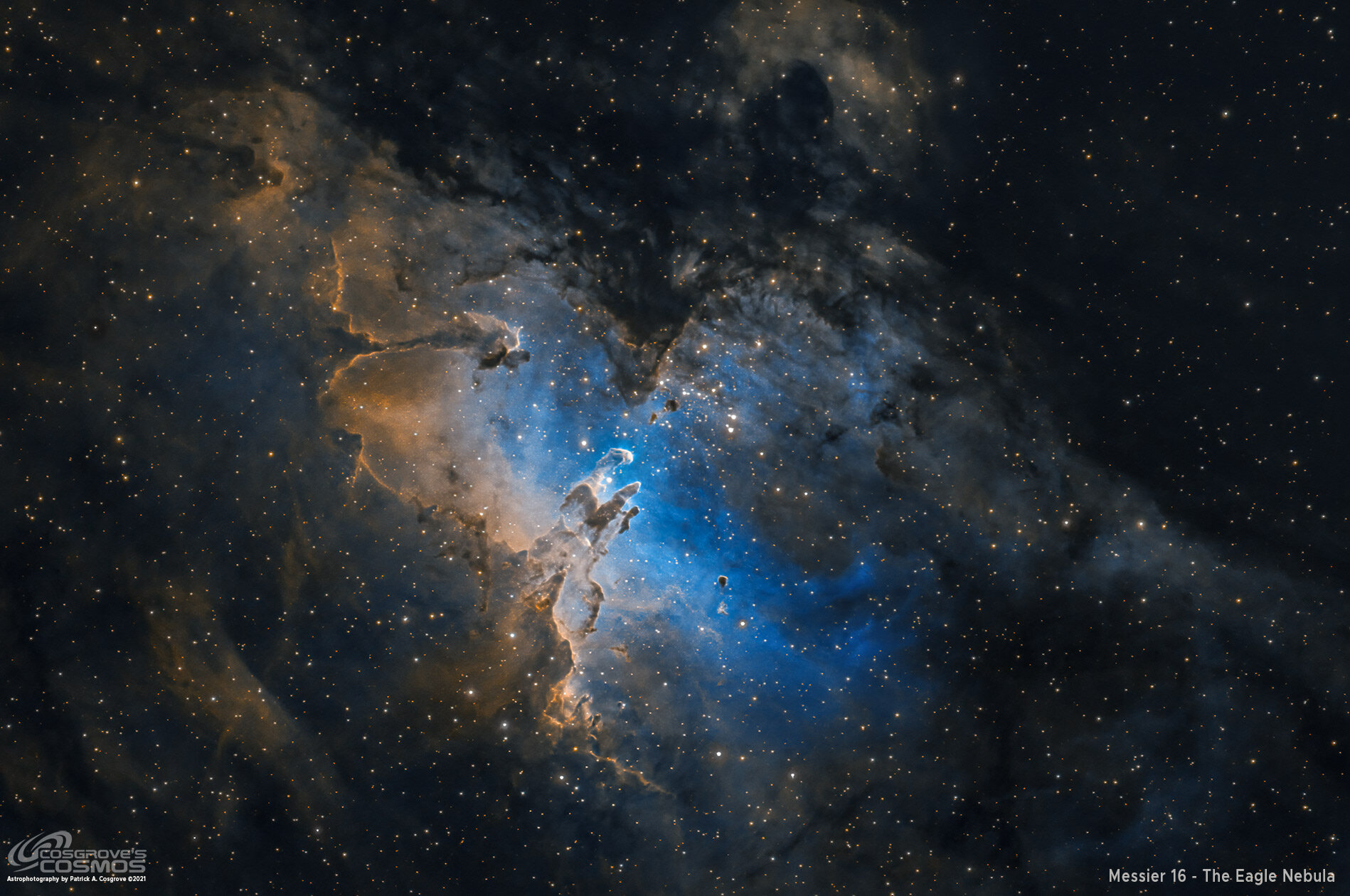
Messier 16 - The Eagle Nebula / Pillars of Creation in SHO
My third time shooting Messier 16 - The Eagle Nebula - this time with the ASI2600MM-Prop camera shooting in SHO. Difficult conditions required some new processing techniques.
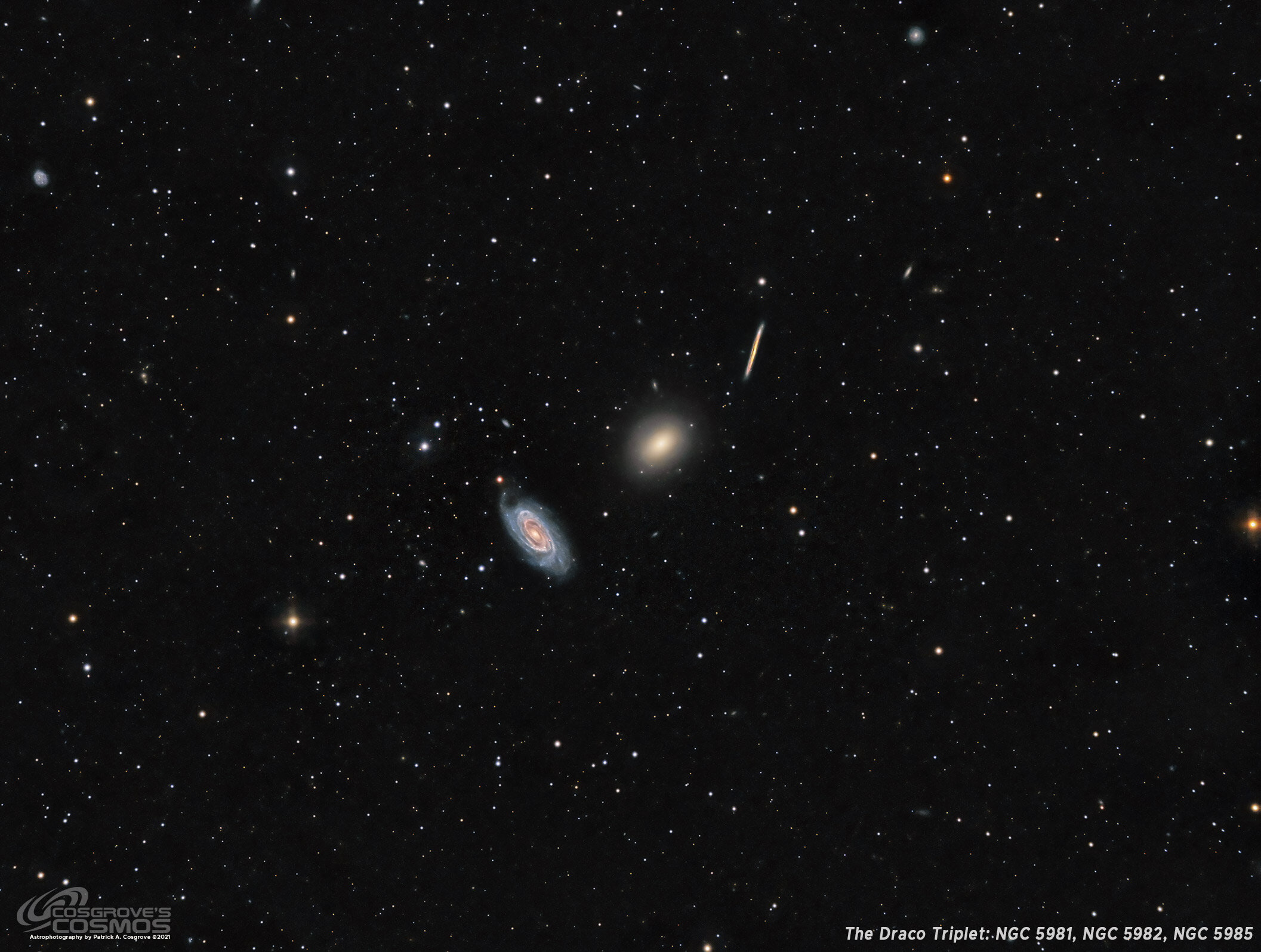
Revisiting the Draco Triplet: NGC 5981, NGC 5982, & NGC 5985
The Draco Trio consists of a close grouping of three very different looking galaxies, found in the constellation Draco. These are small targets for my scope so I needed to carefully process the images to get the most detail possible. See how I did it!
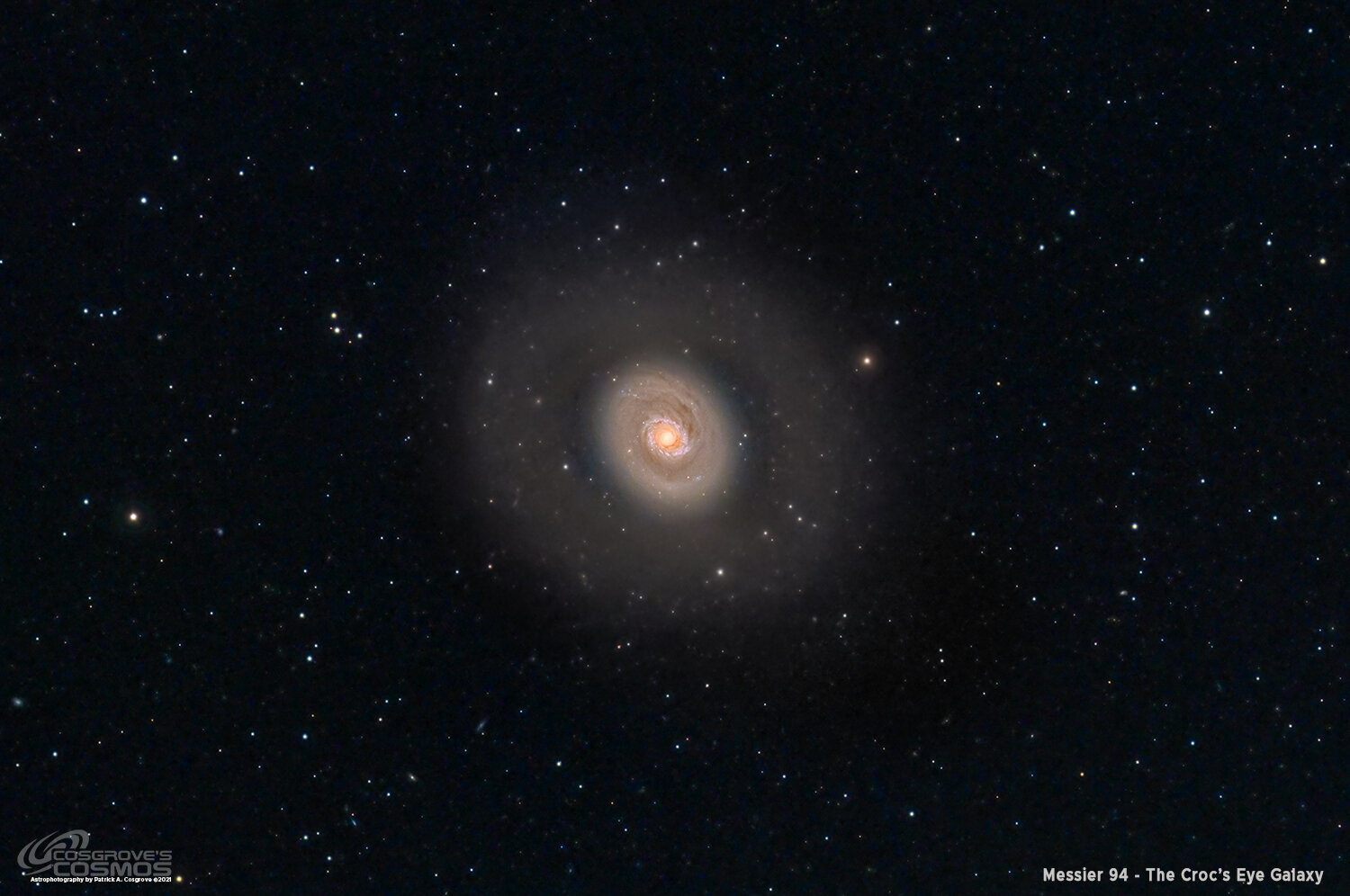
Messier 94 - The Croc’s Eye Galaxy in LRGB
Messier 94 is also known as NGC 4736 and has at least two common names: "The Cat' Eye Galaxy" and "The Croc's Eye Galaxy", with the later of which seems more popular this days. This galaxy is located 16 Million Light Years away in the Constellation Canes Venatici (The Hunting Dogs). Shot over two evenings in last June of 2021 using my William Optics 132 FLT Plafrform and the ASI1600M-Pro Mono Camera.
